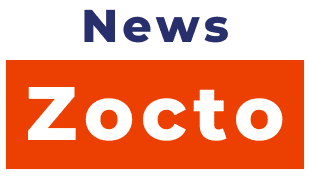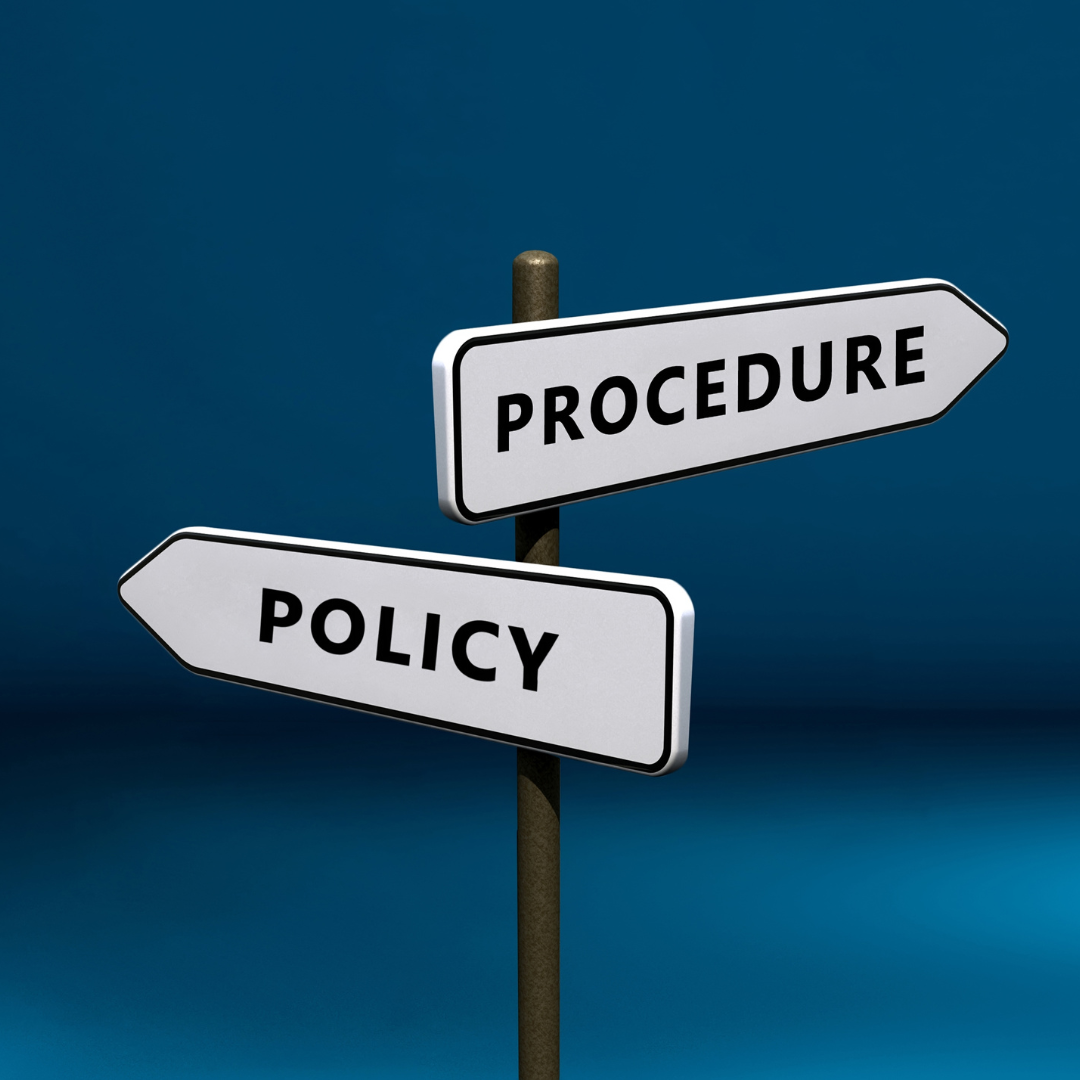In the vibrant tapestry of American healthcare, tribal communities have historically faced significant challenges that often leave them on the fringes of accessible care. However, policy plays a pivotal role in reshaping this landscape, bridging gaps that have long hindered health equity. By understanding the impact of policies on healthcare accessibility for tribal communities, we can appreciate the strides made and the work that still lies ahead. This article explores how effective policies are not only paving paths to care but also empowering tribal communities in their pursuit of health and wellness.
Bridging the Gap: Policies Paving Paths to Care for Tribes
Policies specifically designed to support tribal health systems serve as essential tools for bridging the healthcare accessibility gap. The Indian Health Service (IHS), for instance, is a federal program established to provide comprehensive health services to Native Americans. Through policies that allocate funds and resources to IHS facilities, the government aims to enhance the quality of care and expand the services available to tribal communities. By directly addressing the unique health disparities faced by tribes, these policies are crucial in ensuring that individuals receive the care they need, when they need it.
Moreover, the implementation of the Affordable Care Act (ACA) has had a noteworthy impact on tribal healthcare access. The ACA recognized the need for increased healthcare coverage among Native Americans and included provisions that allow for expanded Medicaid eligibility and subsidies for purchasing health insurance. Such policies have enabled more tribal members to obtain health coverage, ensuring that they can access essential health services without the burden of overwhelming costs. This shift not only improves individual health outcomes but strengthens the community’s overall well-being.
In addition, tribal sovereignty plays a significant role in shaping healthcare policies that resonate with the specific needs of individual tribes. Many tribal governments have begun to craft their policies that align with traditional practices and cultural values, ensuring that health services are not only accessible but also culturally appropriate. By empowering tribes to take the lead in managing their health systems, these policies foster a sense of ownership and accountability, ultimately bridging the gap between healthcare providers and tribal communities.
Empowering Health: How Policies Open Doors for Tribal Access
The empowerment of tribal communities through thoughtful policy development is vital for enhancing healthcare accessibility. Policies that prioritize the input and leadership of tribal members lead to more relevant and effective health programs. For example, initiatives that include tribal representatives in decision-making processes help ensure that the unique health needs of the community are addressed. By fostering collaboration between federal agencies and tribal leaders, these policies create pathways toward sustainable health solutions that resonate with the people they aim to serve.
Furthermore, targeted funding programs can significantly enhance the capabilities of tribal health facilities. Grants and financial assistance dedicated to upgrading technology, training healthcare professionals, and expanding service offerings have a direct impact on the quality of care available to tribal members. Policies that facilitate access to such resources empower tribes to build robust healthcare systems that can effectively respond to both acute and chronic health issues, making a tangible difference in the lives of the individuals they serve.
Education and outreach policies also play a crucial role in empowering tribal communities. By investing in health literacy programs and awareness campaigns tailored to Native American populations, these policies help bridge the knowledge gap that may exist regarding available services. When tribal members are informed about their health options and rights, they are more likely to seek care and utilize preventive services, ultimately leading to healthier communities. The empowerment of individuals through education is a key step toward dismantling barriers and fostering a culture of health within tribal communities.
As we reflect on the intricate relationship between policy and healthcare accessibility for tribal communities, it’s clear that the journey toward health equity is ongoing. While significant strides have been made to bridge gaps and empower indigenous populations, there remains work to ensure that every tribal member can access the care they deserve. By continuing to advocate for policies that resonate with the needs of tribal communities, we pave the way for a healthier future, where vibrant lives and well-being flourish for all. In this ever-evolving landscape, let us celebrate the progress and remain hopeful for the possibilities that lie ahead!




